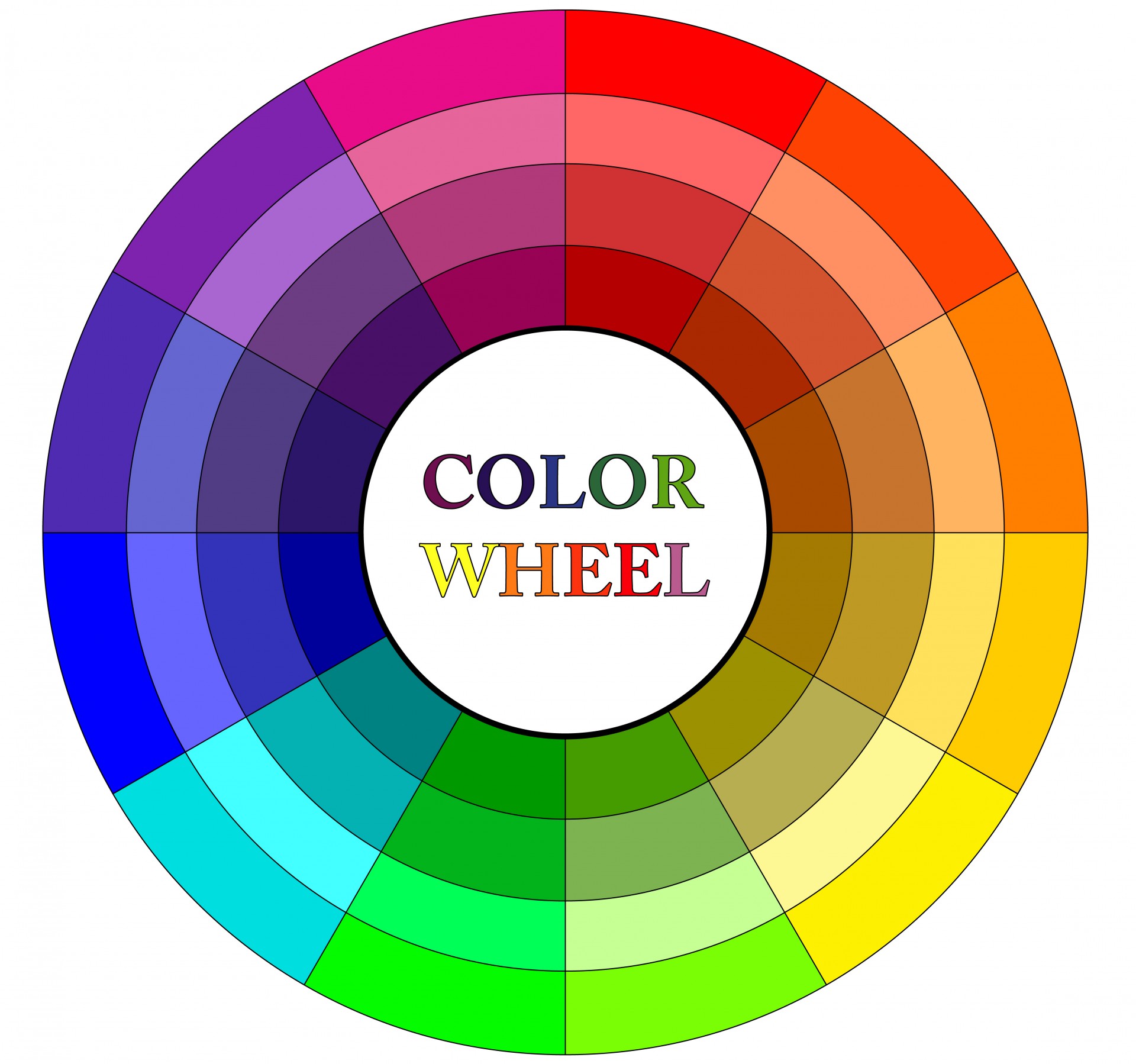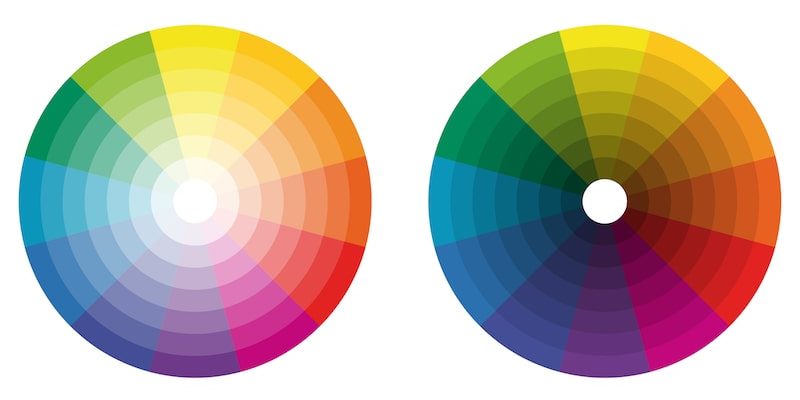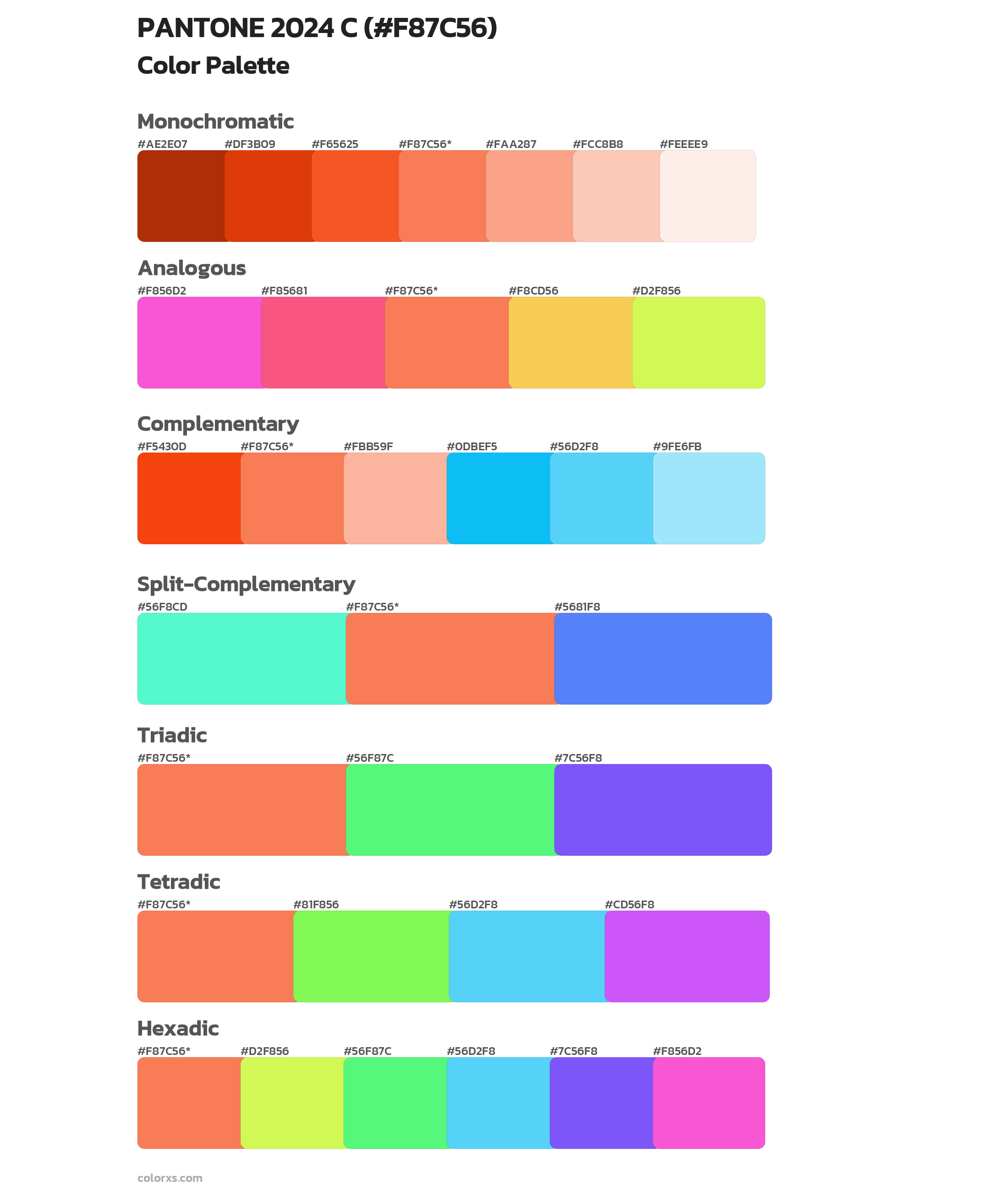Have you ever stood before a canvas, perhaps with some paints, or simply looked at a rainbow, and wondered how all those amazing colors come to be? It's a rather fascinating thought, isn't it? Color, you see, is essentially a dance of different light frequencies, creating all the visual wonders we experience every single day. We often learn about the core building blocks of color, the primary colors, which are red, yellow, and blue. Interestingly enough, nearly every other shade you can imagine springs from various combinations of these three foundational hues. For instance, blue and yellow, when brought together, famously create green. This foundational understanding is, in a way, the first step in unlocking the secrets of color creation, especially when we start thinking about less obvious pairings.
Understanding how colors blend is a pretty useful skill, not just for artists, but really for anyone who appreciates the visual world around them. It helps us see the subtle shifts and connections between different shades. When we consider mixing colors, we're essentially predicting what new light frequencies will emerge from the combination. This can be a bit like a puzzle, where you know the pieces but need to figure out the picture. You might think about what happens when two very distinct colors, like red and purple, meet. What sort of visual story do they tell together?
Today, we're going to explore a particular color question that many folks ponder: what color does red and purple make? It’s a common query, and the answer, you might find, is quite intriguing. We will delve into the principles that govern how these two distinct colors interact, helping you understand the beautiful, often unexpected, shades that can appear when they are combined. So, let's just say, prepare to see these colors in a whole new light!
Table of Contents
- The Core of Color: Primary and Secondary Hues
- Mixing Red and Purple: A Deep Dive into Shades
- Exploring Related Color Combinations
- Why Color Mixing Matters in Everyday Life
- Frequently Asked Questions About Color Mixing
- Bringing Your Colors to Life
The Core of Color: Primary and Secondary Hues
To truly get a handle on what happens when red and purple meet, it's pretty helpful to first go back to the very foundations of color. This involves a look at the colors that cannot be created by mixing others, and then those that are born from these fundamental shades. It's, you know, just a little bit like learning your ABCs before you can read a book.
Starting with the Basics: Primary Colors
As we briefly touched upon, the three primary colors are red, yellow, and blue. These are, in some respects, the unmixed, pure colors from which a whole spectrum can emerge. Think of them as the original ingredients in a vast recipe book of shades. Color, as a matter of fact, really is all about how different frequencies of light hit our eyes. Each primary color represents a unique range of these frequencies, giving it its distinct look.
Red, for example, is a primary color. It stands alone, a powerful and warm shade that forms the base for many other hues. You can't, for instance, create red by mixing any other colors together. This unique quality makes primary colors so important in understanding how our visual world is put together, and it's something that, you know, artists and designers rely on all the time.
Crafting Secondary Colors
Once you have your primary colors, you can then start to combine them to produce what we call secondary colors. These are the next step in the color creation process, formed by mixing any two of the three primary colors. This is where things start to get really interesting, as you begin to see new shades appear from familiar ones. For instance, when you combine blue and yellow, you get green, a refreshing and natural shade.
Now, when it comes to purple, this secondary color is actually made by mixing red and blue. It’s a combination that, you know, brings together the warmth of red with the coolness of blue, resulting in a rich and regal hue. While some might suggest that blue and red don't make purple in every single instance, perhaps due to specific pigment types, the common understanding in color theory is that red and blue, in equal parts, do indeed create purple. You can, in fact, test this out yourself with paints. If you want a violet color, mixing blue and red together is the typical way to go. Adding more purple to this initial mix won't, you know, drastically change the basic color; you will still have purple, just perhaps a slightly more intense version of it.
Mixing Red and Purple: A Deep Dive into Shades
So, the big question: what color does red and purple make? To figure this out, let's remember that purple itself is a blend of red and blue. When you take a primary color like red and combine it with purple, you're essentially adding more red into a mixture that already contains red (from the purple) and blue. It's like, you know, putting more of one ingredient into a soup that already has a bit of it.
The outcome of mixing red with purple tends to be a redder, warmer version of purple. You won't, for instance, get a completely new color that is outside the purple family. Instead, the existing purple will shift its character, leaning more towards the red side of the spectrum. Think of shades like magenta, fuchsia, or a very deep, reddish-violet. The exact shade you get will, of course, depend on the specific purple you start with and how much red you add. If your purple is more on the blue side, adding red will pull it towards a truer purple or even a reddish-purple. If your purple already has a lot of red in it, adding more red will simply intensify that red component, making it even more vibrant and warm. This is, you know, a pretty cool way to create nuanced colors.
Consider this: if you have a purple that's, say, a bit more blue-heavy, adding red will bring it closer to a balanced purple, and then further additions will make it progressively redder. It's a bit like fine-tuning a dial. The beauty of color mixing is that these subtle shifts allow for a vast array of unique shades, giving you, you know, so much creative control. This process of adding a primary color to a secondary color that already contains that primary is a fundamental principle in color theory, allowing for endless variations within a color family. You can, arguably, create a whole range of reddish-purples this way, each with its own distinct feel.
Exploring Related Color Combinations
Understanding how red and purple mix also helps us appreciate other interesting color combinations. The principles are, you know, somewhat similar across different pairings, allowing for a broader appreciation of color possibilities. It's like seeing how one rule can apply to many different situations.
Pink and Purple: A Softer Blend
While we're talking about red and purple, it's worth noting what happens when you mix purple and pink. This combination tends to create a softer, more delicate range of shades. Purple and pink, when mixed together, will often make a lavender color. Lavender is, you know, a gentle, muted purple that feels quite calming. However, depending on the exact shades of purple and pink you use, they may also make a color similar to fuchsia. Fuchsia is a bright, vibrant pinkish-purple, a truly striking shade. So, you see, even slight variations in your starting colors can lead to quite different, yet equally beautiful, results. This is, in a way, the magic of color mixing.
Crafting Specific Purple Shades
If you're aiming for a very particular shade of purple or violet, knowing the primary components is key. For a violet color, as we discussed, you mix blue and red together. The proportions are, you know, pretty important here. To make a pink violet color, you would combine a small amount of blue with a larger amount of red. Then, you gradually add white until you reach your desired shade. This shows how, you know, even a tiny bit of white can lighten and soften a color, creating entirely new nuances. It's a precise process, but it allows for a lot of control over the final outcome. In order to create new colors, you can mix primary colors, and by doing so, you can come up with many secondary colors, and then even more complex shades. This really shows the incredible versatility of just a few basic colors.
Why Color Mixing Matters in Everyday Life
Understanding color mixing is not just for artists with palettes and brushes; it has a pretty broad impact on our daily lives. From the clothes we choose to wear, to the way we decorate our homes, and even the branding we see on products, color plays a very significant role. Knowing how colors interact can help you make more informed and pleasing choices in all these areas. For example, if you're trying to achieve a certain mood in a room, knowing how warm or cool different purples can be, depending on their red or blue leanings, is, you know, quite useful.
In fashion, combining different shades can create a specific look or feel. If you want a bold, passionate outfit, you might lean into those redder purples. For something more serene, a bluer purple or a lavender might be better. Similarly, in graphic design and marketing, the colors chosen for a logo or a website can evoke particular emotions and messages. A company might, you know, choose a reddish-purple to convey creativity and passion. So, it's not just about mixing paint; it's about understanding the language of color and how it communicates. It's, you know, a really practical skill to have.
Frequently Asked Questions About Color Mixing
People often have a few common questions when they're thinking about color mixing, especially when it comes to shades like red and purple. Let's look at some of these to help clarify things even further. These are questions that, you know, tend to pop up quite often.
What happens when you mix red into purple?
When you mix red into purple, you get a shade of purple that is, you know, notably redder. Since purple is already made from red and blue, adding more red simply increases the red component of the mix. This will make the purple appear warmer and shift it towards colors like magenta or fuchsia. The exact outcome depends on the starting shade of purple and the amount of red you add, but it will certainly be a purple with a strong reddish tone. It's like, you know, giving the purple a little extra warmth.
What color does red and purple make in paint?
In paint, red and purple will make a reddish-purple, often leaning towards magenta or a deep reddish-violet. The specific pigments used in your red and purple paints can affect the exact result. Some pigments might create a slightly muddier color than others, but the general principle holds: adding red to purple will, you know, create a purple with a more pronounced red hue. It’s a good idea to test a small amount first to see the precise shade you'll achieve with your particular paints, as that's, you know, always the best way to be sure.
What color does pink and purple make?
When you mix pink and purple, you can create a range of lovely, softer shades. Often, this combination will yield a lavender color, which is a gentle, lighter purple with a hint of pink. However, depending on the specific shades of pink and purple you are using, you might also create a color similar to fuchsia. Fuchsia is, you know, a vibrant and striking pinkish-purple. So, it's really about the balance and intensity of the initial colors that determine the final soft or bright outcome.
Bringing Your Colors to Life
So, there you have it! When you bring red and purple together, you're not getting a completely new color from outside the purple family, but rather a more intense, red-leaning version of purple. It’s like, you know, taking a beautiful shade and giving it a little extra warmth and vibrancy. This understanding is, arguably, pretty important for anyone who loves to experiment with colors, whether you're painting, designing, or just curious about the world around you.
The magic of color mixing truly comes alive when you start to experiment yourself. Don't be afraid to grab some paints, or even just imagine the combinations, and see what wonderful shades you can create. Remember that the exact proportions and the specific hues of your starting colors will always influence the final result. It's a process of discovery, and you might, you know, uncover some truly unique and personal favorite shades. To learn more about color theory on our site, you can explore other articles, and for specific mixing tips, you might find more helpful information on our dedicated color mixing page. For a deeper dive into the science of color, you could also check out resources like the Wikipedia page on Color Theory.



Detail Author:
- Name : Alivia Hodkiewicz IV
- Username : vonrueden.patricia
- Email : jordi39@turcotte.org
- Birthdate : 1979-03-10
- Address : 452 Gennaro Path East Adriannafurt, MD 32766-6496
- Phone : +1 (205) 651-9756
- Company : Aufderhar LLC
- Job : Pharmacist
- Bio : Aliquid in aut deleniti occaecati velit facere saepe. Sint laudantium et vitae voluptatem asperiores. Unde sunt fuga tenetur non eos eum. Recusandae iste necessitatibus et iusto tempore quia.
Socials
tiktok:
- url : https://tiktok.com/@jacerunolfsson
- username : jacerunolfsson
- bio : Quas recusandae odit temporibus non repudiandae.
- followers : 4852
- following : 2703
facebook:
- url : https://facebook.com/jace.runolfsson
- username : jace.runolfsson
- bio : Ipsam soluta est et porro aspernatur excepturi.
- followers : 3749
- following : 347
instagram:
- url : https://instagram.com/jace.runolfsson
- username : jace.runolfsson
- bio : Porro non et fugiat molestias facere. Ex ex nihil quas magnam aspernatur omnis et.
- followers : 4106
- following : 55
linkedin:
- url : https://linkedin.com/in/jace7505
- username : jace7505
- bio : Animi odio ipsum ex.
- followers : 866
- following : 1212
twitter:
- url : https://twitter.com/runolfssonj
- username : runolfssonj
- bio : Voluptatem cumque quia id veritatis praesentium non voluptas. Molestias laudantium illum dolorem sunt eaque est.
- followers : 6202
- following : 1446